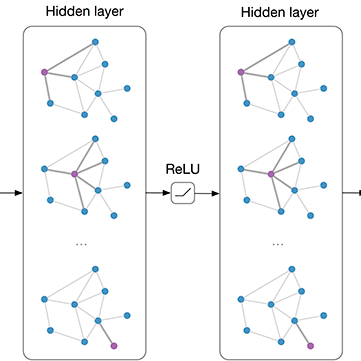Graph Convolutional Network (GCN) has shown remarkable potential of exploring graph representation. However, the GCN aggregating mechanism fails to generalize to networks with heterophily where most nodes have neighbors from different classes, which commonly exists in real-world networks. In order to make the propagation and aggregation mechanism of GCN suitable for both homophily and heterophily (or even their mixture), we introduce block modeling into the framework of GCN so that it can realize "block-guided classified aggregation", and automatically learn the corresponding aggregation rules for neighbors of different classes. By incorporating block modeling into the aggregation process, GCN is able to aggregate information from homophilic and heterophilic neighbors discriminately according to their homophily degree. We compared our algorithm with state-of-art methods which deal with the heterophily problem. Empirical results demonstrate the superiority of our new approach over existing methods in heterophilic datasets while maintaining a competitive performance in homophilic datasets.
翻译:GCN集成机制未能将大多数节点的邻居来自不同类别的网络混为一谈,而这种网络通常存在于现实世界网络中。为了使GCN的传播和汇总机制适合同源和异源(甚至其混合)两种情况,我们在GCN的框架内引入区块模型,以便它能够实现“以街区制导的分类汇总”,并自动为不同类别邻居学习相应的聚合规则。通过将区块模型纳入集成过程,GCN能够根据同源和异种邻居的同源程度,将它们的信息随机汇总起来。我们比较了我们处理异种问题的最新方法。从精神上看,结果表明我们的新方法优于现有方法的异性生物学数据集,同时保持同源数据集的竞争性性能。




